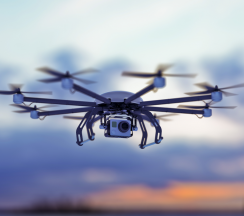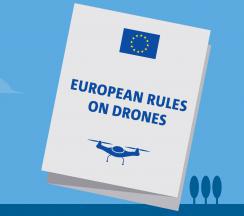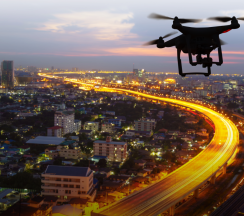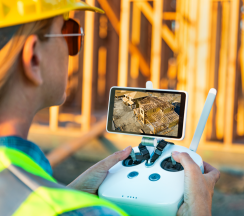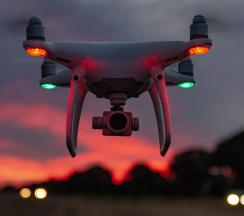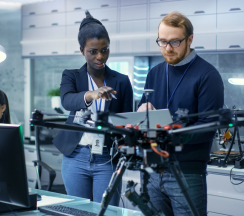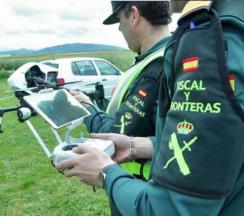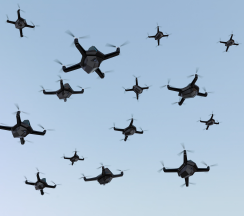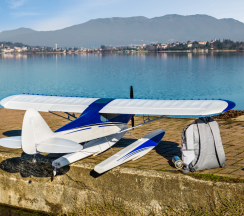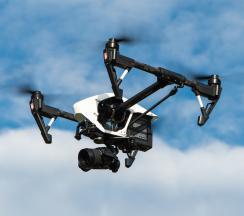-


-
- ¿Quiénes somos?
- Particulares
- Organizaciones
Organizaciones
- Ayuntamientos y CCAA
- Organizaciones de formación
- Organizaciones de mantenimiento
- Proveedores de servicios de asistencia en tierra (Handling)
- Proveedores de servicios aeroportuarios
- Organización de gestión de la aeronavegabilidad
- Organizaciones AVSEC
- Organizaciones médico-aeronaúticas
- Operador aéreo
- Gestor aeroportuario
- Organizaciones de diseño y producción de aeronaves
- Proveedor de servicios y funciones de navegación aérea
- Ámbitos
- Prom. de Seguridad
-

-
